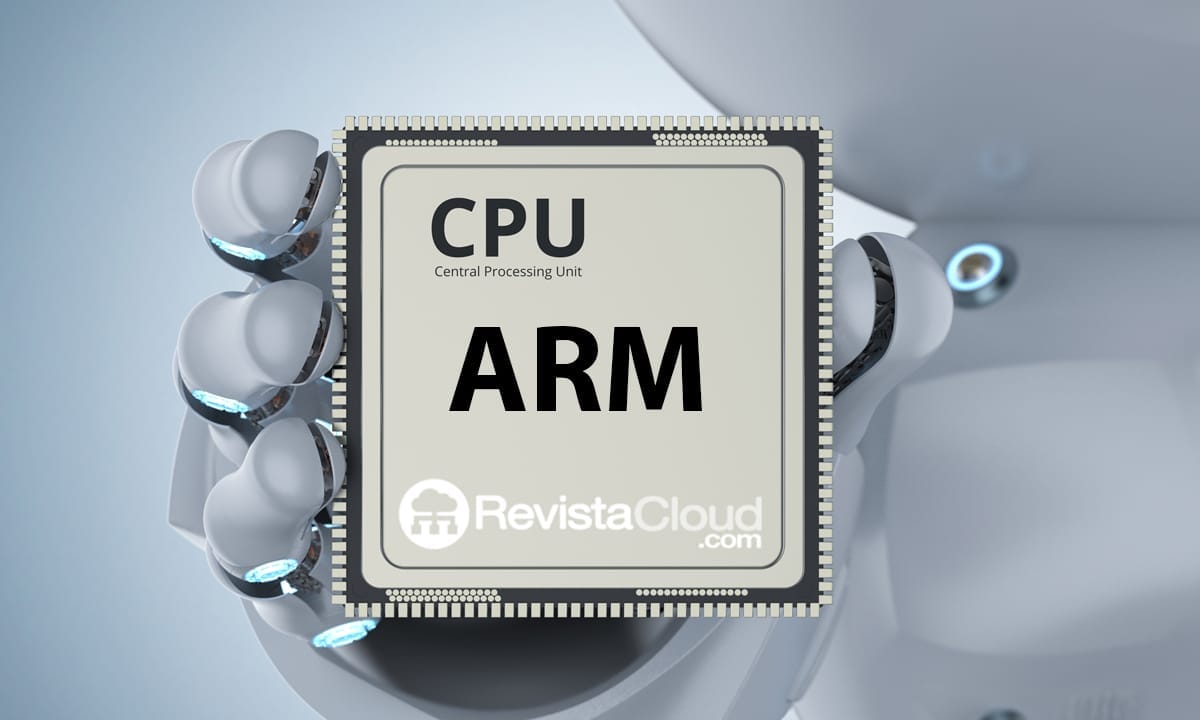Intel, once an undisputed pillar of technological innovation, is going through a critical moment. The recent departure of its CEO, Pat Gelsinger, along with speculation about a potential sale or spin-off of the company, has sparked intense debate within the industry. Arm, one of the world’s most influential chip design companies, with an estimated value of nearly $150 billion, now significantly overshadows Intel in terms of valuation. In this context, René Haas, CEO of Arm, has shared his perspective on the future of Intel and the complexities it faces.
The Strategic Dilemma of Intel
Haas, a veteran of the tech industry, described Intel’s situation as “sad,” highlighting its legacy as an innovative powerhouse. However, he emphasized the importance of constantly reinventing oneself in a sector where many large companies have disappeared due to failure to adapt to changes.
The primary challenge for Intel, according to Haas, lies in deciding whether it wants to be a vertically integrated company, controlling its supply chain, or a “fabless” company that outsources the manufacturing of its chips. This decision has been a critical point over the past decade. Gelsinger opted for a vertical integration strategy in 2021, but Haas believes this was a long-term bet that required five to ten years to solidify, a timeframe that Gelsinger did not have.
“If they manage to dominate vertical integration, they could position themselves incredibly well,” Haas stated. However, he acknowledged that the associated costs are so high that they could represent an insurmountable challenge.
The Possible Relationship Between Arm and Intel
Although he avoided confirming rumors about Arm’s interest in acquiring part of Intel, Haas revealed that during Gelsinger’s management, he suggested to Intel the possibility of licensing Arm designs. He argued that this could have helped Intel leverage its own factories by increasing production volume, a key strategy in the semiconductor sector. However, his proposal did not go forward.
Rumors About Arm and Its Entry into Chip Manufacturing
Beyond its relationship with Intel, Arm also faces rumors about a potential expansion into the manufacturing of its own chips, rather than just licensing its designs. Haas pointed out that companies that develop both hardware and software have a significant advantage, as they better understand the design trade-offs necessary. “If we were to decide to do something in that direction, it would be for that reason,” he noted.
The Impact of Strategic Decisions
The future of Intel is now in the hands of new leadership, which will need to make fundamental decisions to determine the company’s direction. Meanwhile, Arm continues to strengthen its position as a leader in chip design, exploring new opportunities in a rapidly evolving market.
The situation at Intel serves as a reminder that even tech giants must constantly adapt to remain relevant. As Haas pointed out, “There are many tombstones of great tech companies that did not reinvent themselves.” Now, Intel faces the crossroads of redefining its strategy or risking being another cautionary tale in the history of technology.

